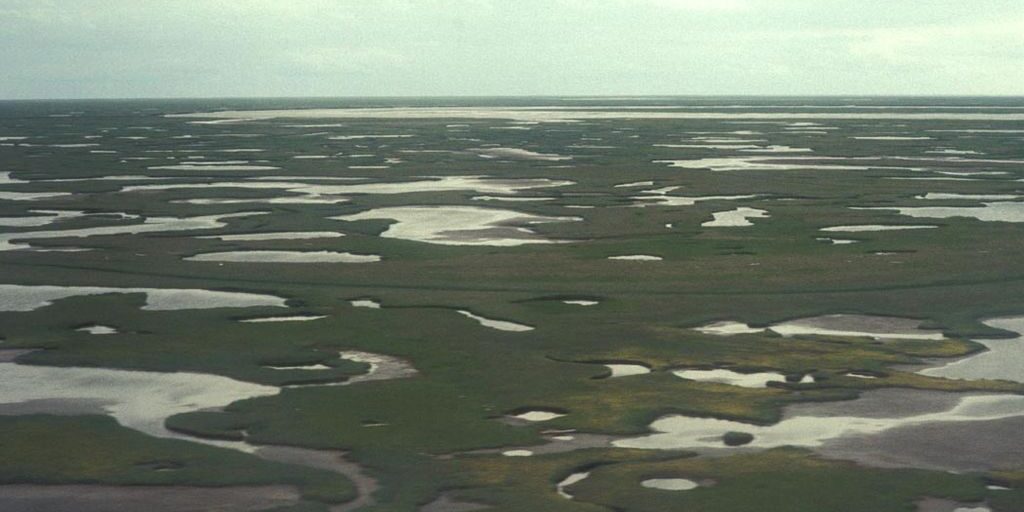A team of archaeologists from Scotland’s University of Aberdeen have been racing against mother nature.
In 2009, Dr. Rick Knecht was notified by residents in Quinhagak of an old village site – Nunaathlaq – that was literally being eaten by the ocean and rising sea water. They’ve collected roughly 20-thousand pieces since 2009. And just recently, the Aberdeen archaeologists received a 1.8 million dollar grant to continue their work at the site near Quinhagak.
We’re really excited about it. You know – when we first found the site it looked really promising. And every year it exceeds all of our expectations in terms of the kind of artifacts that come out of there.
Dr. Knecht explains the site is unique and extremely rare because of the level of preservation. The artifacts were deposited in a fairly damp environment to begin with – back during the Little Ice Age. Since then, they’ve spent most of the last 5-700 years frozen in permafrost.
And because of that, they’re in great shape. And we find things that we very seldom see in archaeological sites. You know, usually as an archaeologist you just find stones and bones if you’re lucky…I’ve been digging in Alaska for more than 30 years and it’s the best archaeology I’ve ever seen and it’s the best everyone’s ever seen. We’re just going to be spoiled for the rest of our lives now.
To hear more from Dr. Rick Knecht about the Nunalleq site and their race against time, melting permafrost and erosion, listen below.







